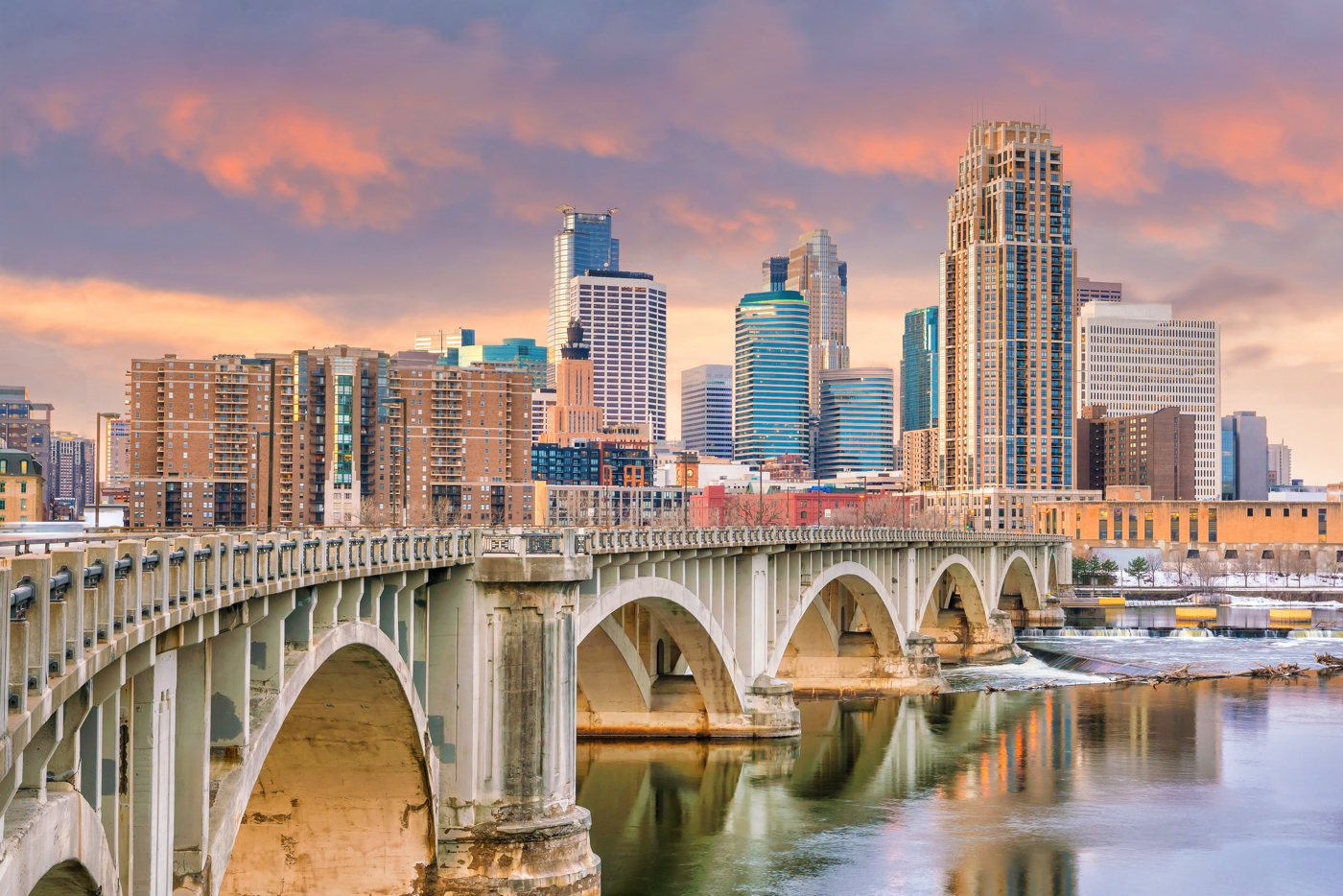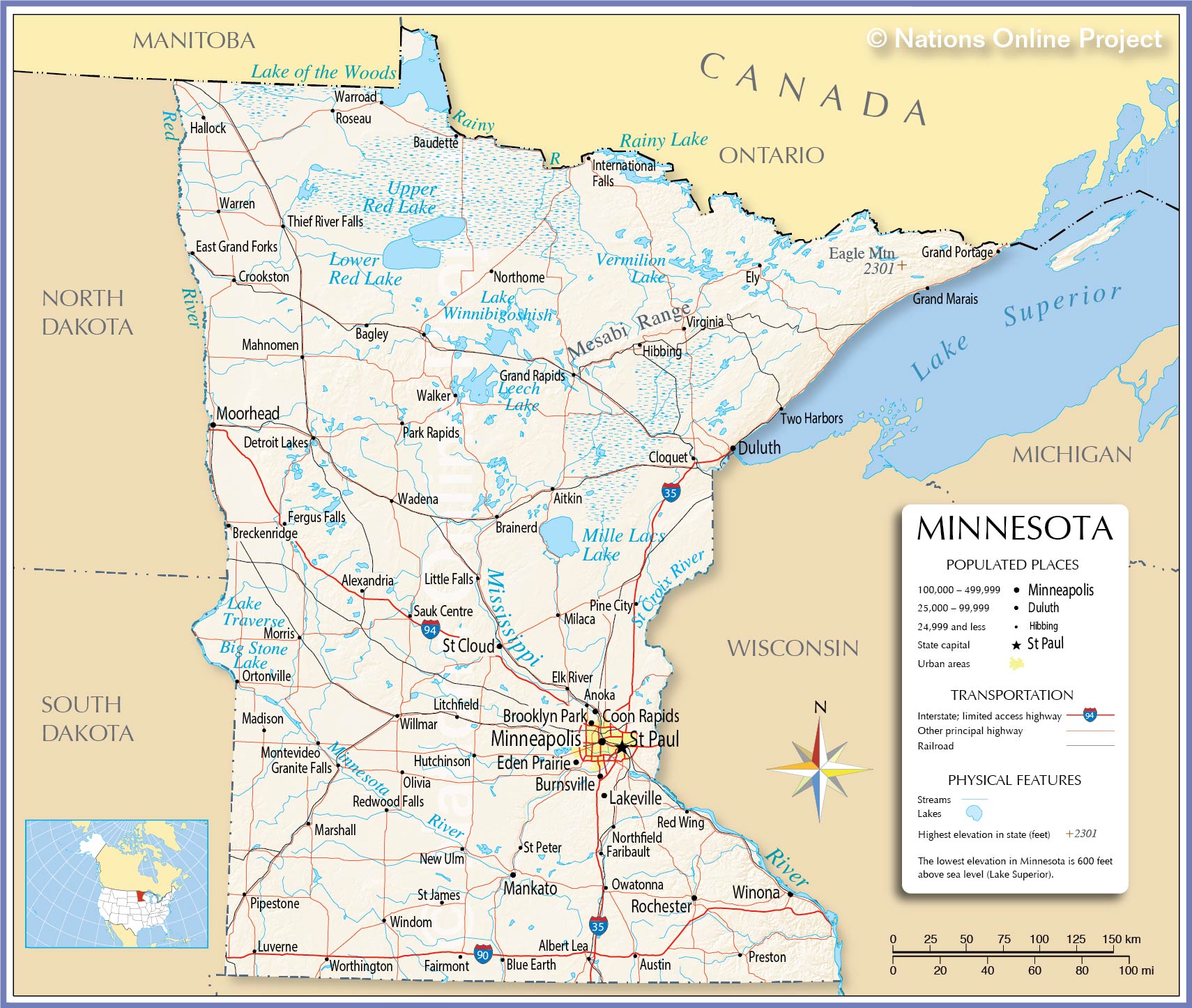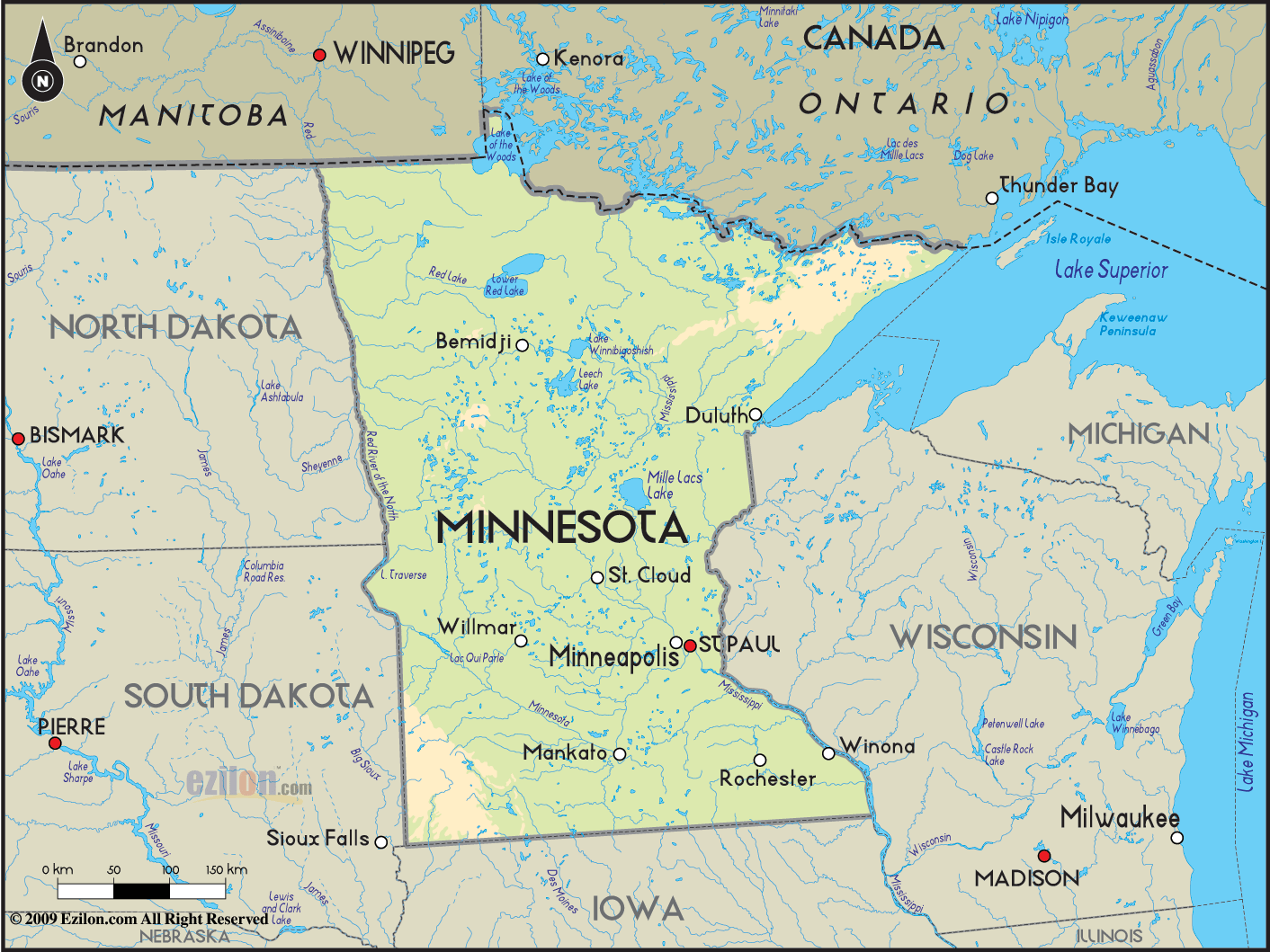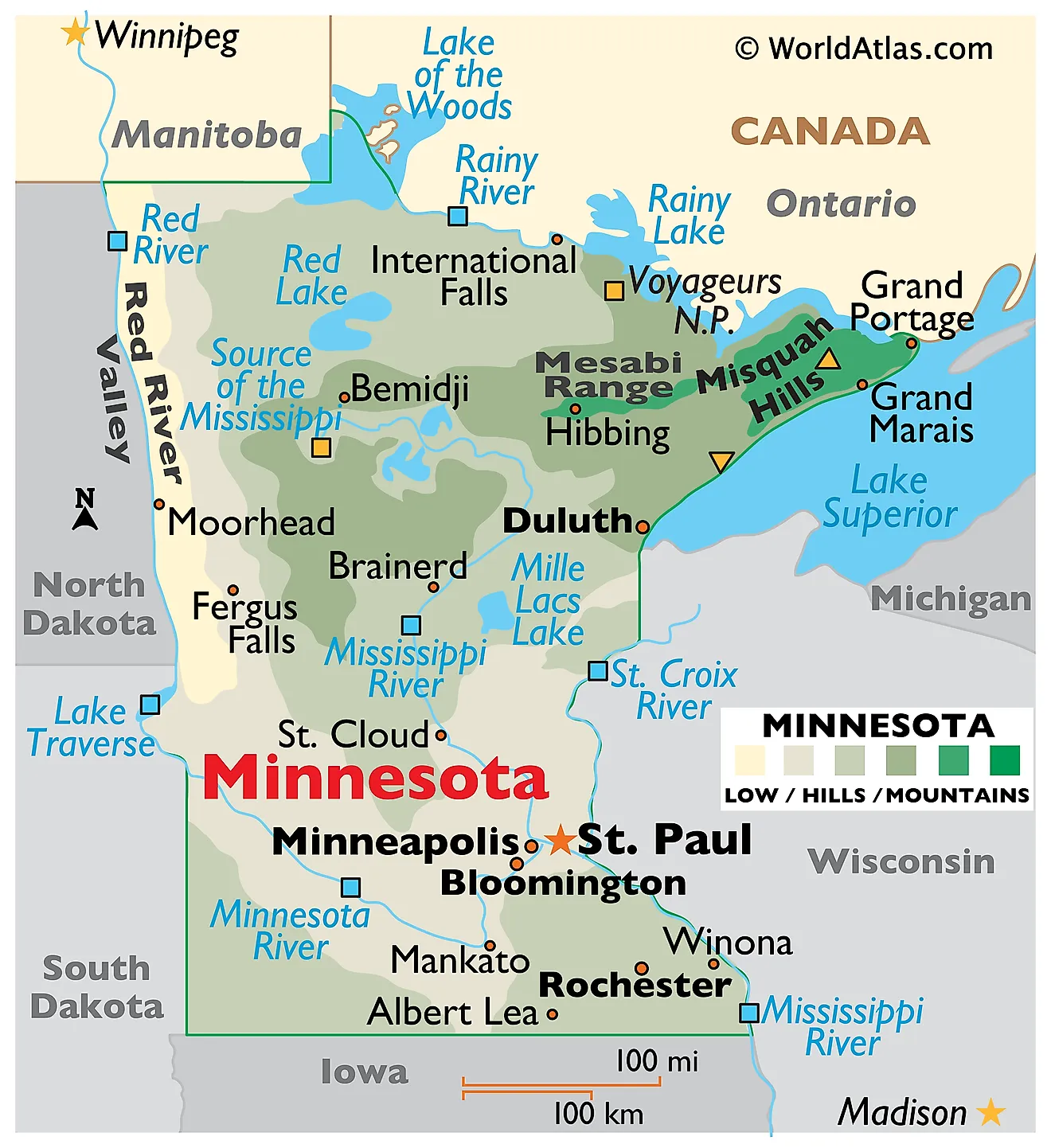
The Living Map: Tracing Minnesota’s Indigenous Nations Through Time
A map of Minnesota’s Native American tribes is far more than a static depiction of land; it is a vibrant, living document of profound historical depth, cultural resilience, and enduring identity. For travelers and history enthusiasts alike, understanding this map means navigating not just geographical boundaries, but layers of pre-colonial sovereignty, treaty negotiations, forced removals, and the powerful resurgence of self-determination. It is a portal to understanding Minnesota not as a European discovery, but as a homeland shaped by millennia of Indigenous presence.
Before the arrival of European explorers and settlers, the land now known as Minnesota was a dynamic tapestry of Indigenous nations, primarily the Anishinaabe (Ojibwe) and the Dakota (Sioux). Their territories were not lines on a colonial map but vast, interconnected landscapes defined by seasonal movements, resource stewardship, spiritual sites, and intricate trade networks. The Anishinaabe, having migrated westward from the Atlantic coast following ancient prophecies, established themselves across the northern forests and lakes, thriving on wild rice, maple sugar, hunting, and fishing. The Dakota, comprising various bands like the Mdewakanton, Wahpekute, Sisseton, and Wahpeton, occupied the southern prairies and river valleys, renowned for their buffalo hunting and agricultural practices. These nations lived in complex societies, with sophisticated governance, rich oral traditions, and deep spiritual connections to the land and its resources.
The European arrival, initially through fur traders, gradually introduced new goods, diseases, and ultimately, a relentless pressure for land. The concept of land ownership, foreign to Indigenous worldviews, became the cornerstone of colonial expansion. Treaties, often coerced and poorly understood by Indigenous signatories, carved out vast tracts of land for the United States, pushing tribes onto increasingly smaller reservations. The 19th century was a period of immense upheaval, marked by the devastating 1862 U.S.-Dakota War, which resulted in the mass execution of 38 Dakota men in Mankato and the forced expulsion of most Dakota people from Minnesota, a trauma that continues to resonate today. The Ojibwe also faced significant land cessions, though many managed to retain portions of their traditional territories that became the basis for their current reservations.

The Anishinaabe (Ojibwe) Nations: Keepers of the Northern Forests
Today, the map of Minnesota proudly displays seven federally recognized Ojibwe reservations, along with the sovereign Red Lake Nation, which famously never ceded its land to the U.S. government. These nations represent the enduring presence and vibrant cultures of the Anishinaabe people.
- Red Lake Nation: Located in north-central Minnesota, Red Lake is unique for maintaining its sovereign land base, never having been subject to the federal allotment policy that fragmented many other reservations. This distinction underscores their profound independence and commitment to self-governance. Red Lake’s territory encompasses pristine forests and a large portion of Red Lake, the largest lake entirely within Minnesota. Their culture is deeply rooted in traditional ceremonies, the Ojibwe language (Anishinaabemowin), and a strong focus on community well-being and resource management.
- White Earth Nation: The largest reservation in Minnesota by land area, White Earth is located in the northwest, known for its diverse landscapes of forests, lakes, and prairies. Established in 1867, White Earth has a rich history of political activism and cultural revitalization. It is a hub for Ojibwe language preservation, traditional arts, and economic development, offering insights into modern tribal governance and the challenges of reclaiming ancestral lands and identities.
- Leech Lake Band of Ojibwe: Situated around Leech Lake in north-central Minnesota, this band’s territory is characterized by abundant wild rice beds, a staple food and cultural cornerstone for the Anishinaabe. The Leech Lake Band has a strong focus on environmental stewardship, protecting their natural resources, and promoting cultural activities like drumming, powwows, and traditional crafts.
- Fond du Lac Band of Lake Superior Chippewa: Located in northeastern Minnesota near Duluth, the Fond du Lac reservation lies at the western tip of Lake Superior. Historically, this area was a crucial trading hub. Today, the Fond du Lac Band is a leader in sustainable development, environmental protection, and cultural education, managing a diverse array of enterprises while maintaining strong ties to their Anishinaabe heritage.
- Grand Portage Band of Lake Superior Chippewa: Perched on the dramatic north shore of Lake Superior, the Grand Portage reservation is historically significant as a major fur trade route. Its rugged beauty and remote location have helped preserve a strong sense of cultural identity. The band actively promotes its history, language, and traditional lifeways, with the Grand Portage National Monument (co-managed with the National Park Service) serving as a key educational site.
- Bois Forte Band of Chippewa: Located in the forested lake country of northern Minnesota, near the Canadian border and Voyageurs National Park, the Bois Forte Band has a deep connection to their ancestral lands and waters. Their culture is intertwined with the natural environment, focusing on hunting, fishing, and wild rice harvesting. The band is dedicated to cultural preservation and economic self-sufficiency.
- Mille Lacs Band of Ojibwe: Surrounding the southern shores of Mille Lacs Lake, this band holds a central place in Ojibwe history, being one of the oldest Ojibwe settlements in Minnesota. The Mille Lacs Band is known for its strong governance, economic initiatives, and commitment to cultural revitalization, including the development of the Mille Lacs Indian Museum and Trading Post, which offers profound insights into Ojibwe history and contemporary life.


The Dakota Nations: Resurgence in the Homeland
Despite the traumatic events of 1862 and subsequent exile, four federally recognized Dakota communities have re-established themselves in Minnesota, demonstrating incredible resilience and determination to reclaim their heritage and thrive in their ancestral homeland.
- Prairie Island Indian Community: Located along the Mississippi River near Red Wing, this community is home to Mdewakanton Dakota people. Despite being surrounded by modern development and a nuclear power plant, Prairie Island has achieved significant economic success, which it leverages to support cultural programs, language revitalization, and robust community services, ensuring the strength and continuity of their Dakota identity.
- Shakopee Mdewakanton Sioux Community: Situated southwest of Minneapolis, the Shakopee Mdewakanton are one of the most successful tribal nations in the country, demonstrating how economic sovereignty can fuel cultural revitalization and community welfare. Their commitment to their Mdewakanton heritage is evident in their support for language immersion programs, traditional arts, and inter-tribal initiatives, showcasing a powerful model of self-determination.
- Lower Sioux Indian Community: Located on the Minnesota River Valley, near the historical sites of the 1862 U.S.-Dakota War, the Lower Sioux Indian Community is a Mdewakanton and Wahpekute Dakota community. This location imbues their identity with a profound connection to their ancestors and the historical struggles for land and justice. The community actively works to preserve the Dakota language (Dakota Iapi), promote traditional ceremonies, and educate the public about their history and culture, particularly through their cultural center.
- Upper Sioux Community (Pezihutazizi Oyate): Also located in the Minnesota River Valley, further west, the Upper Sioux Community is primarily Sisseton and Wahpeton Dakota. Their name, Pezihutazizi Oyate, means "People who live where the yellow medicine grows," reflecting their deep connection to the land. The community focuses on cultural preservation, economic development, and asserting their sovereignty, actively engaging in efforts to ensure the Dakota language and traditions thrive for future generations.

The Map as a Living Narrative: Identity and Education
A map showing Minnesota’s Native American tribes is not merely a historical artifact; it is a contemporary statement of identity, sovereignty, and ongoing presence. For travelers, understanding this map means moving beyond simplistic narratives of the past and recognizing the vibrant, diverse, and self-governing nations that continue to shape Minnesota. It encourages respectful engagement, inviting visitors to learn about tribal histories, cultures, and current initiatives directly from the communities themselves. Many tribal nations operate cultural centers, museums, and offer educational programs that provide invaluable insights into their unique perspectives and traditions.
This map challenges colonial perspectives by illustrating the deep historical roots of Indigenous peoples, their unbroken connection to the land, and their enduring rights as sovereign nations. It underscores the fact that Minnesota is not just a state, but also a collection of distinct Indigenous homelands, each with its own language, customs, and governance. For historical education, it serves as a critical tool for teaching about treaty obligations, the devastating impacts of forced assimilation, and the remarkable resilience of Indigenous peoples in the face of immense adversity. It highlights the ongoing work of cultural revitalization, language preservation, and the pursuit of justice and self-determination.
In conclusion, the map of Minnesota’s Native American tribes is a powerful symbol. It represents ancient lifeways, a history of profound challenges, and a future built on sovereignty and cultural strength. For anyone seeking a deeper understanding of Minnesota, its landscapes, and its people, engaging with this map is an essential journey. It invites us to recognize the Indigenous nations not as relics of the past, but as dynamic, sovereign entities whose histories, identities, and futures are inextricably woven into the fabric of the state, enriching it with unparalleled depth and meaning. It is a call to acknowledge, respect, and celebrate the living heritage of Minnesota’s first peoples.


